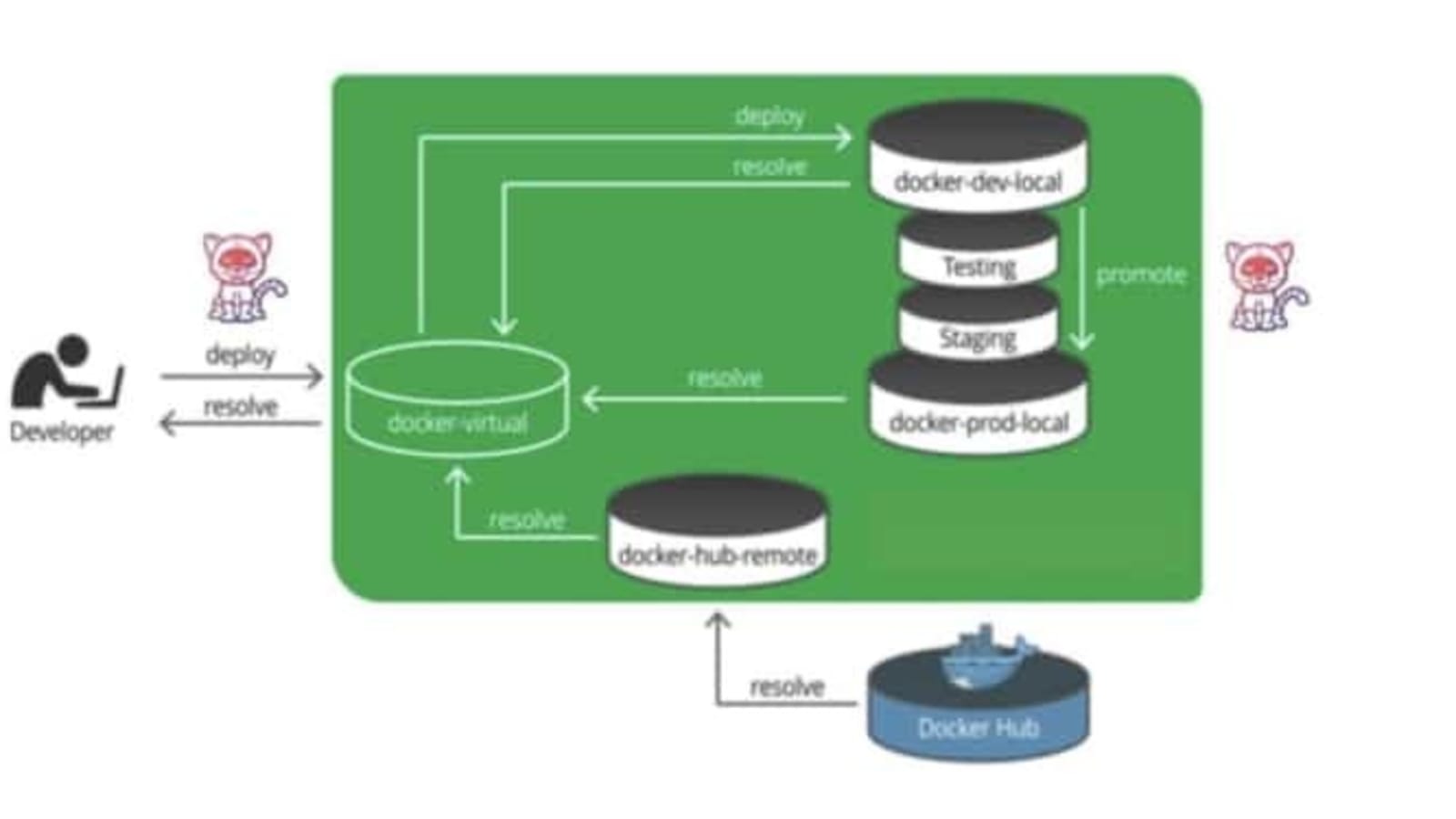Estimated reading time: 3 minutes
- While designed for web development, the PHP scripting language also provides general-purpose use.
- We and third parties use cookies or similar technologies ('Cookies') as described below to collect and process personal data, such as your IP address or browser information.
- Docker Hub repositories allow you share container images with your team, customers, or the Docker community at large. Docker images are pushed to Docker Hub through the docker push command. A single Docker Hub repository can hold many Docker images (stored as tags ).
Sign in with your Docker ID.
Docker Hub is a service provided by Docker forfinding and sharing container images with your team. It is the world’s largest repository of container images with an array of content sources including container community developers, open source projects and independent software vendors (ISV) building and distributing their code in containers.
Users get access to free public repositories for storing and sharing images or can choose a subscription plan for private repositories.
Docker Hub provides the following major features:
- Repositories: Push and pull container images.
- Teams & Organizations: Manage access to privaterepositories of container images.
- Official Images: Pull and use high-qualitycontainer images provided by Docker.
- Publisher Images: Pull and use high-quality container images provided by external vendors.
- Builds: Automatically build container images fromGitHub and Bitbucket and push them to Docker Hub.
- Webhooks: Trigger actions after a successful pushto a repository to integrate Docker Hub with other services.
The following section contains step-by-step instructions on how to easily get started with Docker Hub.
Step 1: Sign up for a Docker account
Let’s start by creating a Docker ID.
A Docker ID grants you access to Docker Hub repositories and allows you to explore images that are available from the community and verified publishers. You’ll also need a Docker ID to share images on Docker Hub.
Step 2: Create your first repository
To create a repository:
- Sign in to Docker Hub.
- Click Create a Repository on the Docker Hub welcome page:
- Name it <your-username>/my-private-repo.
Set the visibility to Private.
Click Create.
You’ve created your first repository. You should see:
Step 3: Download and install Docker Desktop
We’ll need to download Docker Desktop to build and push a container image toDocker Hub.
Download and install Docker Desktop. If on Linux, download Docker Engine.
Sign into the Docker Desktop application using the Docker ID you created in Step 1.
Step 4: Build and push a container image to Docker Hub from your computer
Start by creating a Dockerfile to specify your application as shown below:
Run
docker build -t <your_username>/my-private-repo .to build your Dockerimage.Run
docker run <your_username>/my-private-repoto test yourDocker image locally.Run
docker push <your_username>/my-private-repoto push your Docker image to Docker Hub. You should see output similar to:Having trouble pushing? Remember, you must be signed into Docker Hub through Docker Desktop or the command line, and you must also name your images correctly, as per the above steps.
Your repository in Docker Hub should now display a new
latesttag under Tags:
Congratulations! You’ve successfully:
- Signed up for a Docker account
- Created your first repository
- Built a Docker container image on your computer
- Pushed it successfully to Docker Hub
Next steps
- Create an organization to use Docker Hub with your team.
- Automatically build container images from code through builds.
- Explore official & publisher images.
- Upgrade your plan to push additional private Docker images toDocker Hub.
Estimated reading time: 7 minutes
Docker Hub repositories allow you share container images with your team,customers, or the Docker community at large.
Docker images are pushed to Docker Hub through the docker pushcommand. A single Docker Hub repository can hold many Docker images (stored astags).
Creating repositories
To create a repository, sign into Docker Hub, click on Repositories thenCreate Repository:
When creating a new repository:
- You can choose to put it in your Docker ID namespace, or in anyorganization where you are an owner.
- The repository name needs to be unique in that namespace, can be twoto 255 characters, and can only contain lowercase letters, numbers, hyphens (
-),and underscores (_). - The description can be up to 100 characters and is used in the search result.
- You can link a GitHub or Bitbucket account now, or choose to do it later inthe repository settings.
After you hit the Create button, you can start using docker push to pushimages to this repository.
Pushing a Docker container image to Docker Hub
To push an image to Docker Hub, you must first name your local image using yourDocker Hub username and the repository name that you created through Docker Hubon the web.
You can add multiple images to a repository by adding a specific :<tag> tothem (for example docs/base:testing). If it’s not specified, the tag defaultsto latest.
Name your local images using one of these methods:
- When you build them, using
docker build -t <hub-user>/<repo-name>[:<tag>] - By re-tagging an existing local image
docker tag <existing-image> <hub-user>/<repo-name>[:<tag>] - By using
docker commit <existing-container> <hub-user>/<repo-name>[:<tag>]to commit changes
Now you can push this repository to the registry designated by its name or tag.
Download photoshop 2017 for mac. The image is then uploaded and available for use by your teammates and/orthe community.
Private repositories
Private repositories let you keep container images private, either to yourown account or within an organization or team.

To create a private repository, select Private when creating a repository:
You can also make an existing repository private by going to its Settings tab:
You get one private repository for free with your Docker Hub user account (notusable for organizations you’re a member of). If you need more privaterepositories for your user account, upgrade your Docker Hub plan from yourBilling Information page.
Once the private repository is created, you can push and pull images to andfrom it using Docker.
Note: You need to be signed in and have access to work with aprivate repository.
Note: Private repositories are not currently available to search throughthe top-level search or docker search.
You can designate collaborators and manage their access to a privaterepository from that repository’s Settings page. You can also toggle therepository’s status between public and private, if you have an availablerepository slot open. Otherwise, you can upgrade yourDocker Hub plan.
Collaborators and their role
A collaborator is someone you want to give access to a private repository. Oncedesignated, they can push and pull to your repositories. They are notallowed to perform any administrative tasks such as deleting the repository orchanging its status from private to public.
Note
A collaborator cannot add other collaborators. Only the owner ofthe repository has administrative access.
You can also assign more granular collaborator rights (“Read”, “Write”, or“Admin”) on Docker Hub by using organizations and teams. For more informationsee the organizations documentation.
Viewing repository tags
Docker Hub’s individual repositories view shows you the available tags and thesize of the associated image. Go to the Repositories view and click on arepository to see its tags.
Image sizes are the cumulative space taken up by the image and all its parentimages. This is also the disk space used by the contents of the .tar filecreated when you docker save an image.
To view individual tags, click on the Tags tab.
An image is considered stale if there has been no push/pull activity for morethan 1 month, i.e.:
- It has not been pulled for more than 1 month
- And it has not been pushed for more than 1 month
A multi-architecture image is considered stale if all single-architecture imagespart of its manifest are stale.

To delete a tag, select the corresponding checkbox and select Delete from theAction drop-down list.
Note
Only a user with administrative access (owner or team member with Adminpermission) over the repository can delete tags.
Select a tag’s digest to view details.
Searching for Repositories
You can search the Docker Hub registry through itssearch interface or by using the command line interface. Searching can findimages by image name, username, or description:
There you can see two example results: centos and ansible/centos7-ansible.The second result shows that it comes from the public repository of a user,named ansible/, while the first result, centos, doesn’t explicitly list arepository which means that it comes from the top-level namespace forofficial images. The / character separatesa user’s repository from the image name.
Once you’ve found the image you want, you can download it with docker pull <imagename>:
You now have an image from which you can run containers.

Starring Repositories
Your repositories can be starred and you can star repositories in return. Starsare a way to show that you like a repository. They are also an easy way ofbookmarking your favorites.
Service accounts
A service account is a Docker ID used by a bot for automating the build pipelinefor containerized applications. Service accounts are typically used in automatedworkflows, and do not share Docker IDs with the members in the Team plan.
To create a new service account for your Team account:
- Create a new Docker ID.
- Create a team in your organization and grant it read-only access to your private repositories.
- Add the new Docker ID to your organization.
- Add the new Docker ID to the team you created earlier.
- Create a new personal access token (PAT) from the user account and use it for CI.
To create a new service account for your Pro account:
- Create a new Docker ID.
- Click Repositories from the main menu.
- Select a repository from the list and go to the Collaborators tab.
- Add the new Docker ID as a collaborator.
- Create a new personal access token (PAT) from the user account and use it for CI.

Docker Hub Download Pc
If you want a read-only PAT just for your open source repos, or to accessofficial images and other public images, you do not have to grant any access permissions to the new Docker ID.
Note
Docker Hub Download
Service accounts are still subject to Docker’s fair pull limit policy. To learn more about these limits, see our Resource Consumption Updates FAQ.
Docker Hub Download Statistics
Docker, docker, trusted, registry, accounts, plans, Dockerfile, Docker Hub, webhooks, docs, documentation
